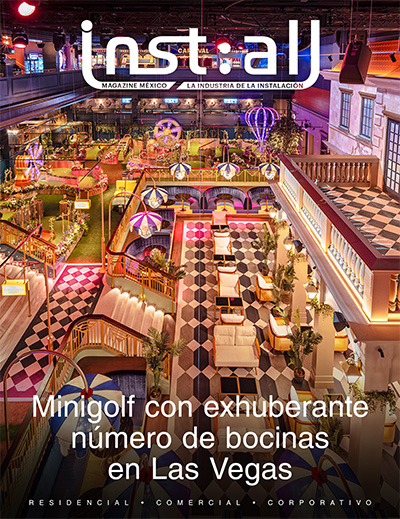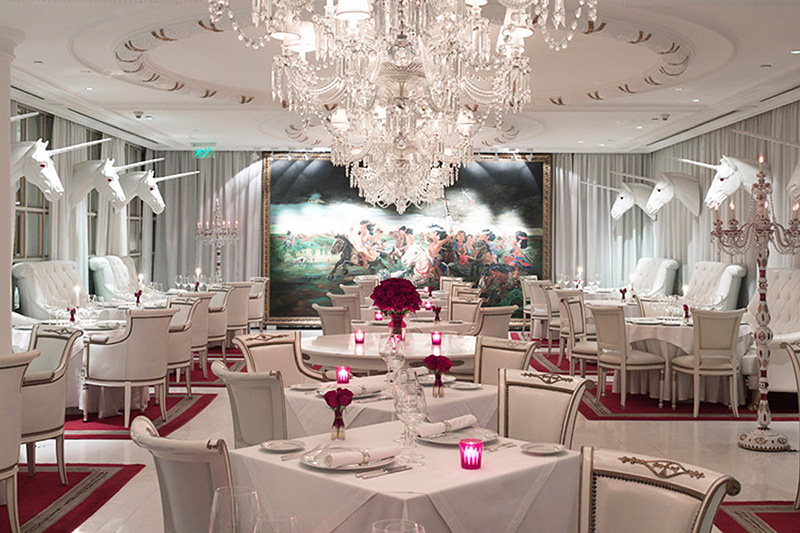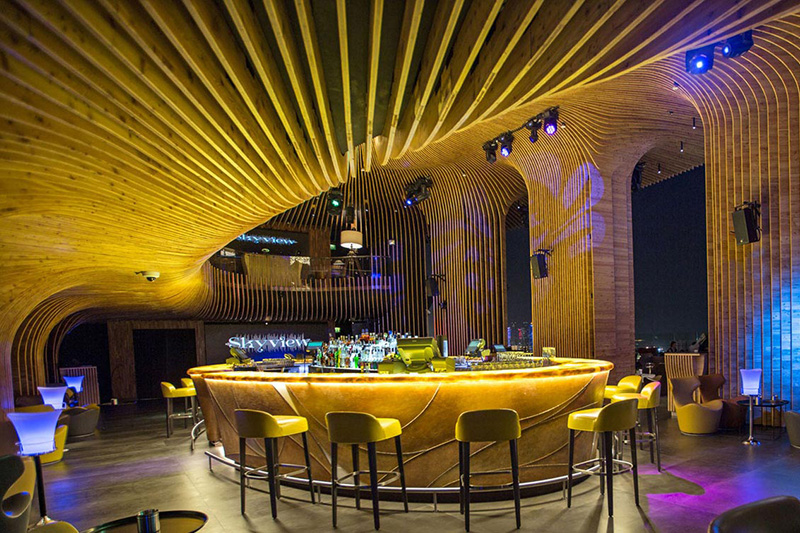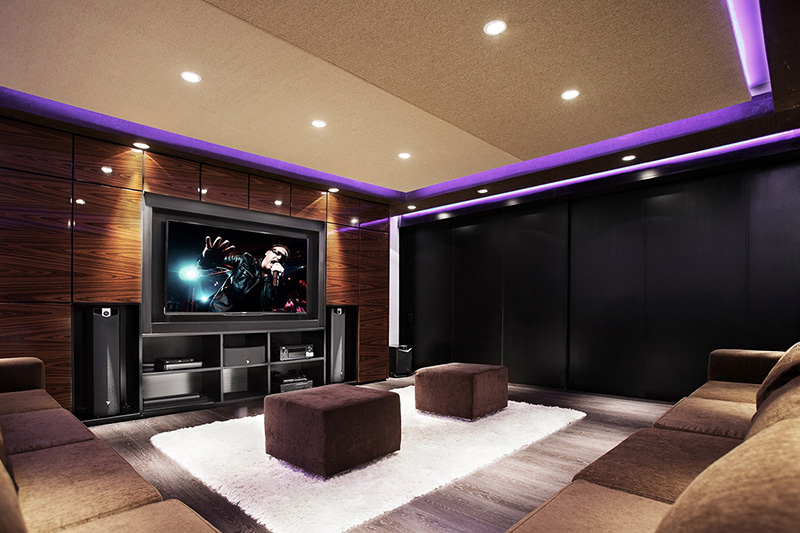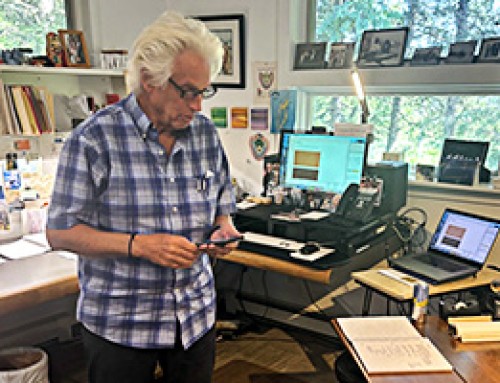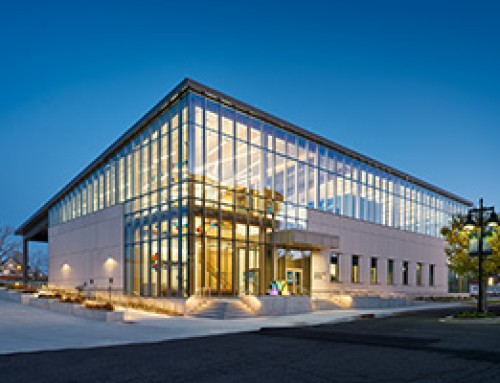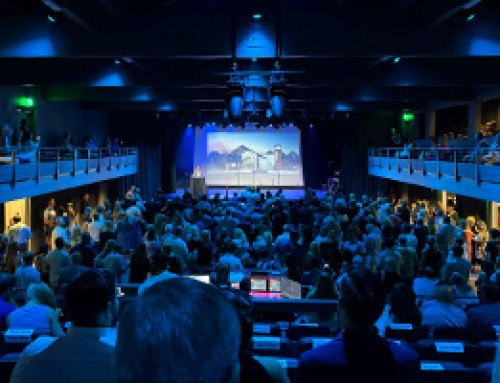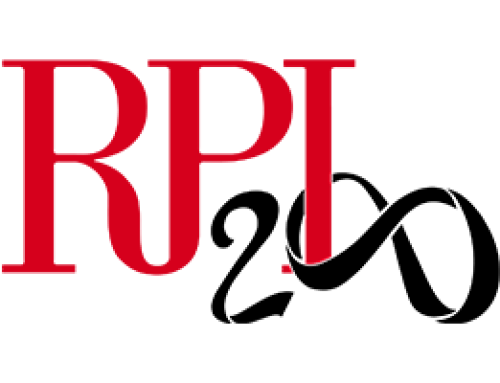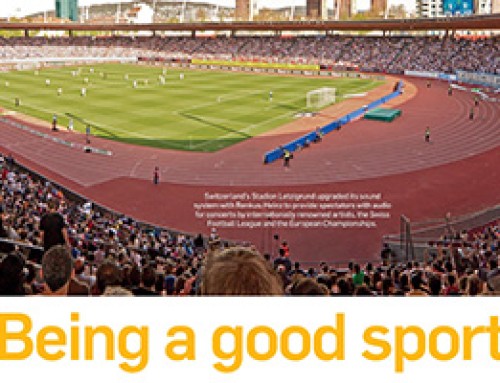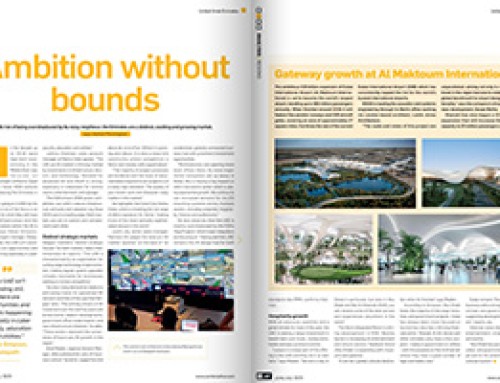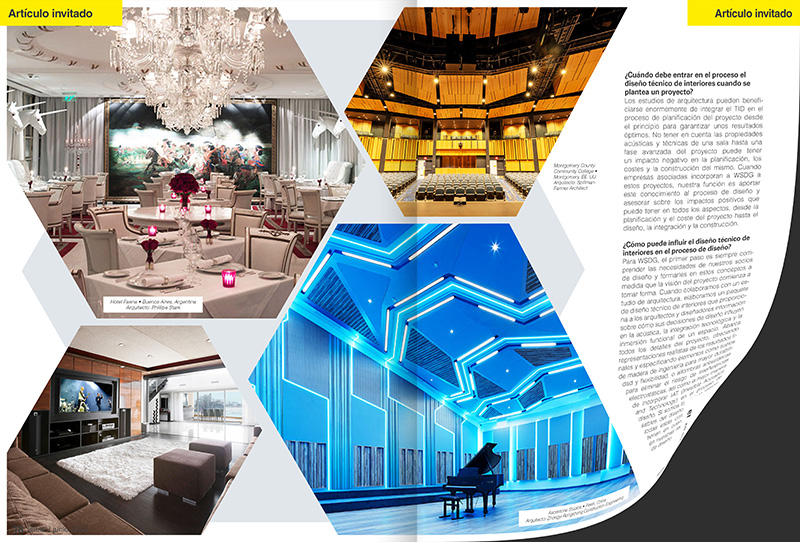
WSDG is proud to share insights on Technical Interior Design (TID) in the latest issue of Install Magazine México. The article, titled ‘Technical Interior Design: Aesthetics and Functionality’, highlights the importance of balancing architectural vision with integrated acoustics and technology, a core philosophy that drives all WSDG projects around the world.
Link to the original article:
https://installmagazine.com.mx/diseno-tecnico-de-interiores-estetica-y-funcionalidad/
Here is the full English translation of the article “Diseño técnico de interiores: Estética y funcionalidad”, originally published on June 1, 2025, in Install Magazine México, and written by Silvia Molho, Partner and Art Director at WSDG:
Technical Interior Design: Aesthetics and Functionality
Published in Install Magazine México – June 1, 2025
Written by Silvia Molho, Partner and Art Director, WSDG
What is Technical Interior Design?
One of the fundamental principles of interior design is the relationship between its aesthetic qualities—such as form, color, and lighting—and its emotional impact on people. The concept of comfort, warmth, and balance is what truly attracts people to a space and makes them feel emotionally connected.
Technical Interior Design (TID) takes these visual and emotional considerations into account while balancing them with the technical requirements of a modern, integrated space. TID is one of the core elements of WSDG’s work and influences every project we take on.
Why is Technical Interior Design important in modern project planning?
In today’s world, every space has a relationship with acoustics and technology. However, these elements—acoustics, technology, and interior design—are often considered separately, leading to a disjointed relationship that can negatively impact the function and experience of the space.
Bringing together architecture, acoustics, and technology as part of a unified design process, and carefully balancing them, results in exciting and meaningful environments that resonate deeply with those who experience them.
When should Technical Interior Design enter the planning process?
Architectural firms can benefit greatly by integrating TID from the very beginning of a project to ensure optimal results. Overlooking the acoustic and technical properties of a space until the later stages of planning can negatively impact the design, budget, and construction.
When our partners bring WSDG into these projects early on, our role is to contribute this specialized knowledge to the design process and provide guidance on how it can positively affect every stage—from planning and budgeting to integration and construction.
How does Technical Interior Design influence the design process?
At WSDG, our first step is always to understand the needs of our design partners and guide them through these concepts as the project vision begins to take shape.
When collaborating with architecture studios, we prepare a Technical Interior Design package that helps architects and designers understand how their design decisions affect the acoustics, technological integration, and functional immersion of a space. This includes highly detailed project documentation, realistic renderings of final outcomes, and specifications for elements such as engineered wood flooring (for greater durability and flexibility) or anti-static carpets (to prevent electrostatic interference). It also outlines the best strategies for incorporating IAT (Invisible Acoustics and Technology) into the design process.
If we are the sole designers of a space, all of these considerations are internally addressed in our design recommendations.
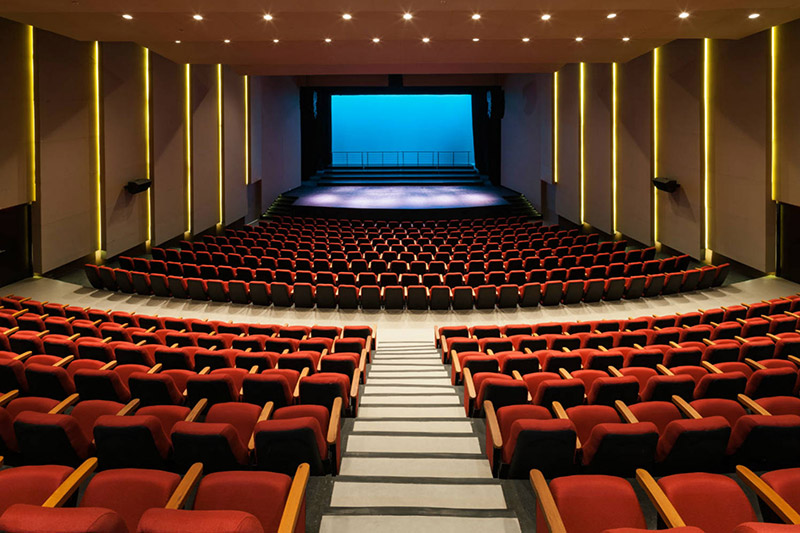
Project Example: La Cigale Sky View and Madison Piano Bar
This was a project where technology was deliberately made visible, while the acoustic treatment was kept invisible. The interior design featured complex ribbed surfaces and lighting arrangements, seamlessly integrating acoustic materials behind the scenes.
In addition to their visual appeal, the ribbing and curves also contained specialized acoustic treatments to ensure a high-quality listening experience in a large-volume space.
Project Example: Casa Fontela
The living room of Casa Fontela is a stunning example of a space that perfectly balances the dual function of a cozy family gathering area and a cutting-edge home cinema.
Through advanced acoustic and lighting treatments, WSDG created an environment that feels both intimate and luxurious, while maintaining excellent acoustic quality—even with extensive use of glass and marble surfaces.
A careful IAT approach ensured that WSDG could integrate high-performance acoustic, lighting, and multimedia systems into the minimalist interior design concept, delivering a visually and acoustically refined experience without any distracting technical elements.
Final Thoughts
As the world continues to evolve technologically, so too must architecture and design processes, integrating these innovations into the spaces where we live, work, and create.
The art and craft of Technical Interior Design allows us to connect all elements in a beautiful and harmonious way, resulting in spaces that flow and function flawlessly.
As our organization has grown, TID has become a fundamental approach within WSDG, continually opening up new and exciting possibilities to bridge the worlds of technology and design.

